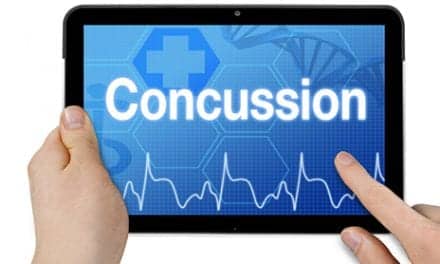Summary:
Researchers at James Madison University have developed a novel vibration-based technique to more accurately diagnose balance disorders, especially in aging adults.
Key Takeaways:
- The new method uses bone-conducted vibration and electrodes to detect vestibular system responses with lower sound intensity than traditional tests.
- Supported by a $1.89 million NIH grant, the research targets balance dysfunctions affecting over 69 million Americans aged 40 and older.
- The study aims to better understand age-related vestibular decline and its impact on balance and gait, with findings expected within the next two years.
Researchers in James Madison University’s College of Health and Behavioral Studies have developed a cutting-edge method to diagnose balance disorders and treat diseases common in middle-aged and elderly Americans.
More than 69 million (35%) Americans 40 years and older experience balance system dysfunction, according to the Academy of Neurologic Physical Therapy. The JMU research on using vibration to diagnose balance disorders is being funded by a $1.89 million, five-year grant from the National Institutes of Health.
Erin Piker, a professor of communication sciences and disorders, says the experimental measures she developed with her team will involve placing electrodes on the skin around the eyes and neck and then playing a stimulus through a bone vibrator placed behind the ear or on the forehead.
Piker says traditional tests use sound introduced to the ear with an earphone. With sound, the intensity level must be very high to elicit a detectable response. However, to obtain the kind of measurements she hopes for, the sound would have to be played too loud.
With vibration, the sound does not need to be played as loud, Piker says.
Piker says her research could help address balance system changes that occur with diseases such as Meniere’s disease. “We know the vestibular system is affected, but current findings are very mixed as to what parts and how much.”
The study also will provide data on balance and gait to see how they correlate to everyday functions.
“We are starting with looking at changes with aging,” Piker says. “We expect to see some decline in the vestibular system as we age, starting at middle age.”
Piker says data collection could take a year or two before some early findings are published. Undergraduate and graduate students will have roles in the research along with a research audiologist who will be new to the department when hired.





